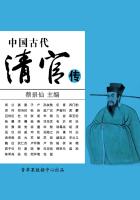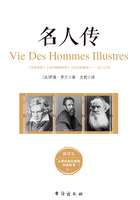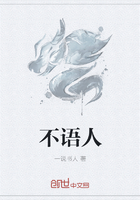Following this he undertook an investigation on crystals in collaboration with his brother, who had passed his licentiate and was preparator for Friedel in the laboratory of mineralogy at the Sorbonne. Their experiments led the two young physicists to a great success: the discovery of the hitherto unknown phenomena of piezo-electricity, which consists of an electric polarization produced by the compression or the expansion of crystals in the direction of the axis of symmetry. This was by no means a chance discovery. It was the result of much reflection on the symmetry of crystalline matter, which enabled the brothers to foresee the possibilities of such polarization. The first part of the investigation was made in Friedel's laboratory. With an experimental skill rare at their age, the young men succeeded in making a complete study of the new phenomenon, established the conditions of symmetry necessary to its production in crystals, and stated its remarkably simple quantitative laws, as well as its absolute magnitude for certain crystals. Several well-known scientists of other nations (Roentgen, Kundt, Voigt, Riecke) have made further investigations along this new road opened by Jacques andPierre Curie.
The second part of the work, and much more difficult to realize experimentally, concerned the compression resulting in piezo-electric crystals when they are exposed to the action of an electric field. This phenomenon, foreseen by Lippmann, was demonstrated by the Curie brothers. The difficulty of the experiment lay in the minuteness of the deformations that had to be observed. Fortunately Desains and Mouton placed a small room adjoining the physics laboratory at the disposal of the brothers so that they might proceed successfully with their delicate operations.
From these researches, as much theoretical as experimental, they immediately deduced a practical application, in the form of a new apparatus, a piezo-electric quartz electrometer, which measures in absolute terms small quantities of electricity, as well as electric currents of low intensity. This apparatus has since then rendered great service in experiments in radioactivity.
During the course of their experiments on piezo-electricity the Curies were obliged to employ electrometric apparatus, and, not being able to use the quadrant electrometer known at that time, they developed a new form of that instrument, better adapted to their necessities. This became known in France as the Curie electrometer. Thus these years of collaboration between the two brothers, always intimately united, proved both happy and fruitful. Their devotion and their common interest in science were to them both a stimulant and a support. During their work the vivacity and energy of Jacques were of precious aid to Pierre, always more easily absorbed by his thoughts.
However, this beautiful and close collaboration lasted only a few years. In , Pierre and Jacques were obliged to separate; Jacques left for the University of Montpelier as Head Lecturer in Mineralogy (Ma?tre de Conferences). Pierre was made Director of Laboratory Work in the School of Industrial Physics and Chemistry founded by the city of Paris at the suggestion of Friedel and of Schützenberger, who became its first director.
Their remarkable researches with crystals won for the brothers in -- very late, it is true -- the Planté prize.















